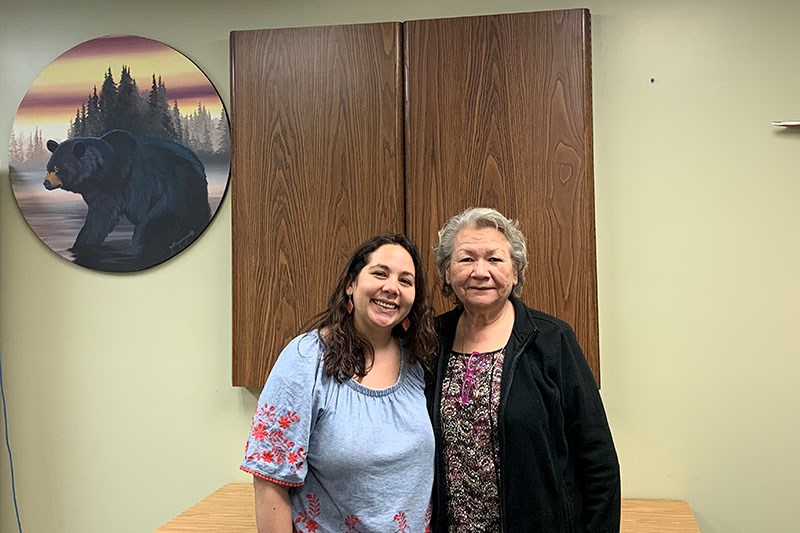God's Lake Narrows First Nation, Nisichawayasihk Cree Nation, and Northlands Denesuline First Nation have partnered with Teach For Canada to address problems of low teacher supply and high teacher turnover.
Gail Gossfeld-McDonald, the director of education for Nisichawayasihk Cree Nation, said that she first heard about Teach For Canada at director of education meeting with Manitoba First Nations.
“They delivered a very good presentation,” she said. “It sounded like something we needed. Shardae Fortier, director of community engagement and Indigenous relations at Teach For Canada, came to our community. They make a visit to your community to see how suitable you might be.”
Gossfeld-McDonald said that Fortier was pleased with the community and education system.
“They made a recommendation for us to partner, and we had to go through a bit of a process,” she explained. “She presented to our chief and council and our school board, and they were in full agreement with what was recommended. As of Jan. 7 2020, we officially became partners with Teach For Canada. I was pleased to hear it because they’ve had a lot of success in Ontario. Three of our northern schools are part of teach for Canada now, and that’s awesome.”
Gossfeld-McDonald said that her school requires a teacher intake at various times of the year.
“Teachers leave for various reasons,” she said. “We always have to fill that gap. With Teach For Canada, we can tap into their database and partner at the start of the school year, or in the spring to start hiring for the fall. It’s just another venue to tap into, besides the normal routes that we take.”
Gossfeld-McDonald said that it’s important that prospective teachers want to come north.
“That’s a big thing, because there are differences in the school systems,” she explained. “And all of our systems are different, you have provincial schools, private schools, and First Nations schools … all these systems are different.”
She said that Teach For Canada is trying to prepare teachers to work in the north.
“Which is good,” Gossfeld-McDonald said. “They take applications from teachers who are interested in working in the north. They go through an interview process, and find applicants who will fit, and then they prepare them as much as they can. There is a two- to three-week training period in July. The training is rigorous.”
Gossfeld-McDonald said that teaching in a First Nations school is different from teaching in a provincial school.
“A lot of our schools are isolated,” she explained. “The lifestyle is different. Teach For Canada prepares, recruits and supports teachers in collaboration with northern First Nations. The three Manitoba communities join 17 northern First Nations in Ontario that work with Teach For Canada to ensure they have committed teachers who are a good fit for the North in their schools.”
Sara-Christine Gemson, vice-president of programs with Teach For Canada said that teachers are a critical component of the education system in terms of obtaining positive outcomes for students.
“Teachers are the most important factor,” she said. “Our approach is a community-directed approach where First Nations guide us in terms of how we go about recruiting, preparing and supporting teachers.”
Gemson said that Teach For Canada trains its members specifically in a northern context.
“We bring in Indigenous leaders to teach them about the history, the cultures, and the languages of the communities they’ll be working in.”




